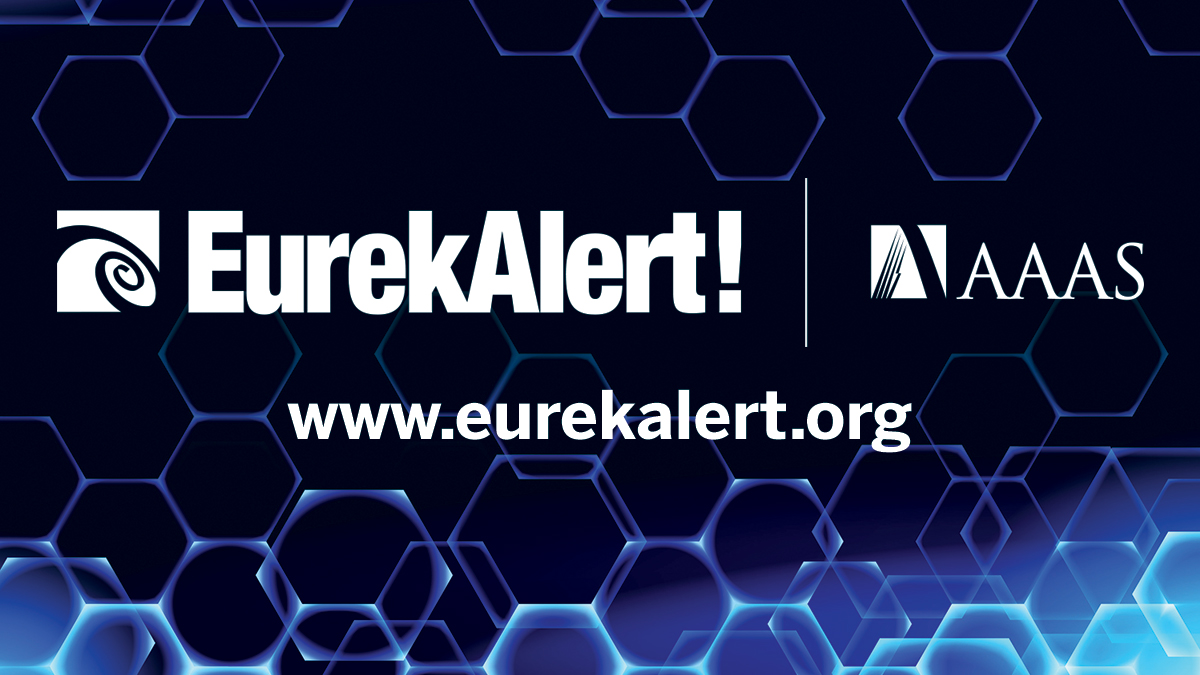UIUC submits letter of intent to apply for a microreactor license
URBANA, Illinois – June 28, 2021 – The University of Illinois at Urbana-Champaign (UIUC) has filed a letter of intent with the U.S. Nuclear Regulatory Commission (NRC) to apply for a license to build a research and test reactor facility for the UIUC- Campus. The Letter of Intent filing (Project # 99902094) is the first step in NRC’s two-step process to license a new reactor, including public hearings on the proposed project for full transparency.
The university’s Grainger College of Engineering (and its nuclear, plasma, and radiological engineering department) is leading the new reactor deployment in collaboration with the Ultra Safe Nuclear Corporation (USNC). The new research and test reactor facility will offer UIUC employees and students a wide range of research options: instrumentation and control (I&C), multi-physics validation, reactor prototype tests, microgrid operation, cybersecurity, hydrogen production for transport and energy storage and other energy-intensive, high-quality Products.
“This impressive project leverages the diversity of expertise and innovation in all relevant science and technology areas at the University of Illinois,” said Susan Martinis, Vice Chancellor for Research and Innovation at the University of Illinois Urbana-Champaign. “We know that Illinois ingenuity will play an important role in advancing the technology that makes microreactors safe, versatile, and inexpensive.”
The university plans to partially re-energize its fossil fuel-fired Abbott power plant with the Ultra Safe Nuclear Micro Modular Reactor (MMR ™) Energy System to provide a carbon-free demonstration of district heating and electricity for campus buildings as part of its eco-project Campus Initiative. The project team would like to show how microreactor systems can be integrated into the existing fossil fuel infrastructure in order to accelerate the decarbonization of existing power generation plants.
“Nuclear and microreactor technology will play an important role in building a cleaner, more sustainable future,” said Rashid Bashir, dean of Grainger College of Engineering. “This proposed reactor continues our proud tradition as a leading academic company in the pursuit of safe, transformative nuclear technologies and enables us to innovatively train and develop the next generation of workers to lead the country’s new economy.”
In addition to supporting the university’s clean energy goals, the microreactor will serve as a valuable training tool for the staff of a new generation of nuclear scientists, engineers and operators.
“Universities have almost 80 years of pioneering work in nuclear reactor technology and the safe operation of nuclear reactors, nuclear, plasma and radiology technology. “Next generation energy research institutions are critical to educating the emerging workforce who focus on clean energy.”
Submitting the Letter of Intent to the NRC is the first formal step on the way to a building permit and ultimately to obtaining an operating permit. The proposed reactor, designed by the US Ultra Safe Nuclear Corporation, is a GEN-IV High Temperature Gas Cooled Reactor (HTGR). The Ultra Safe Nuclear MMR features the most sophisticated high temperature gas cooled technology in the industry and an inherently safe design.
“The University of Illinois offers a unique environment for research and teaching innovation combined with the potential for commercial implementation on a scale ideal for our microreactor product,” said Francesco Venneri, CEO of USNC. “We expect the licensing process to be exceptionally thorough and open to public review and comment, just as it should be.”
The state of Illinois is no stranger to nuclear power, and the population is as knowledgeable as anyone else in the country about the benefits and challenges of nuclear power. The project team has been engaged with the university and the surrounding community for the past two years; local, state, and federal governments; and potential industrial partners. Documenting these efforts at the NRC will help the team maintain transparency about the project status.
###
About the MMR ™ energy system
The MMR Energy System is a zero-carbon power plant that integrates one or more standardized microreactors with heat storage and a non-nuclear neighboring power plant for energy conversion and use. Depending on the configuration, MMR Energy Systems can generate 10 to 100 MW electrical power and / or process heat. The standard microreactor unit is a small, gas-cooled, high-temperature reactor that generates between 15 and 30 MW (thermal) at a temperature of 650 ° C and is expected for its first use in Canada at the Chalk River site of the Canadian nuclear power plant labs. The MMR uses USNC’s proprietary FCM ™ TRISO melt-proof fuel (jointly developed with Idaho National Laboratory and Oak Ridge National Laboratory). The heat is transferred from several MMRs to a molten salt energy store, which decouples the nuclear system from the energy conversion system, considerably simplifies operation and enables flexible use of the energy generated. No water is required for cooling. The MMR energy system can be used to generate electricity, to supplement renewable energies, to provide process heat for industrial applications or for highly efficient hydrogen generation and provides clean, reliable energy for every application and everywhere.
About Ultra Safe Nuclear Corporation
Ultra Safe Nuclear is a Seattle-based, global leader in microreactors as a strong vertical integrator of nuclear technologies, fully committed to bringing safe, commercially competitive, clean and reliable nuclear energy to markets around the world. USNC’s MMR technology is the first and currently the only small modular reactor (SMR) to enter the formal approval review phase by the Canadian Nuclear Safety Commission. The company adheres to inherent and intrinsic safety principles through technological innovations in fuels, materials and construction practices: Safe, Simple, Safe.
Disclaimer: AAAS and EurekAlert! are not responsible for the accuracy of press releases sent to EurekAlert! by contributing institutions or for the use of information via the EurekAlert system.



Comments are closed.